Not long ago, I explained the differences between Business Intelligence and Data Intelligence, concluding that both disciplines are part of Data Analytics. But that left out Business Analytics. So grab a coffee, and let’s dive back in.

From impacts to challenges: generative AI in business
See moreWhat is Business Intelligence?
In 1958, German IBM engineer Hans Peter Luhn coined the term Business Intelligence (BI), which he defined as “an automatic method to provide current awareness services to scientists and engineers.” At the time, the hypercube was still far off, but the foundations were already in place.
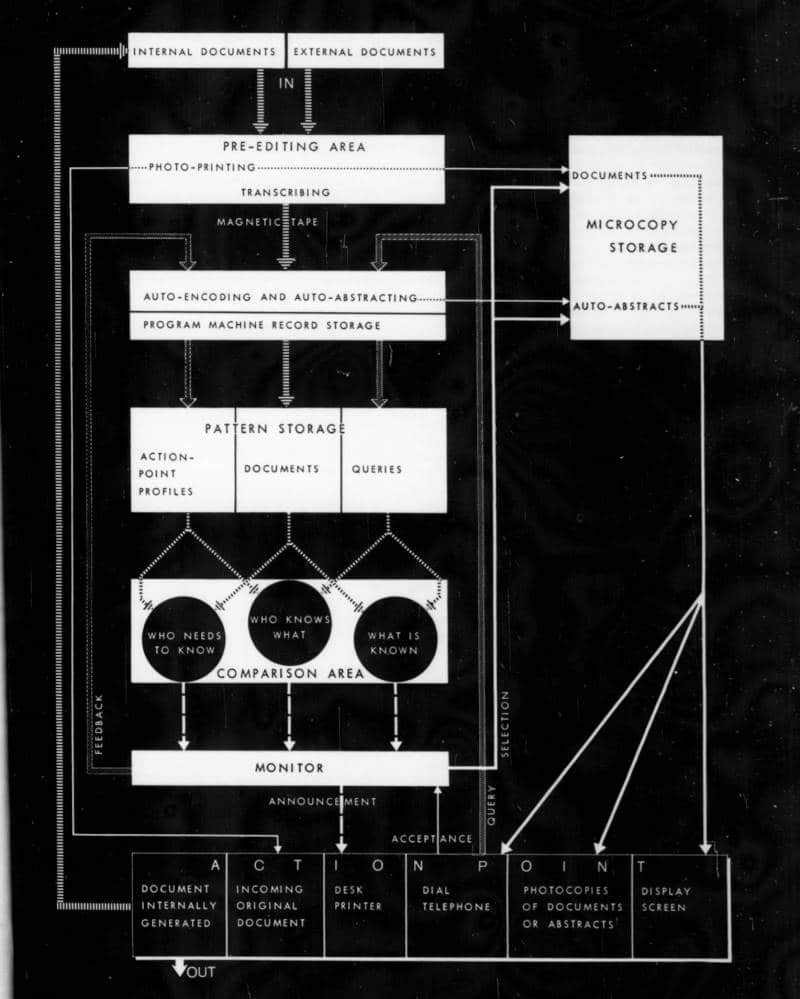
(Source : IBM Journal of Research and Developpement)
Today, Business Intelligence is defined as IT serving decision-makers. BI encompasses the Decision Support System (DSS), including data warehouses and ETL, reporting tools, data visualization, data mining, and more.
The key trends in BI center on making data accessible to everyone:
- Analytics must be integrated: developing a product is good, but making sure it integrates with third-party reporting tools is even better.
- Customer-oriented analysis: contextualizing data to guide consumers toward the information they need. Goodbye to unreadable reports and obscure KPIs.
- Tailor-made tools: it is rare to find a single tool that can collect data, prepare it, visualize it, distribute it through reports, and integrate it into partner portals—and do it all well. The trend is toward personalized solutions.
- Adoption: according to a 2017 Gartner study, BI adoption was only 30%, showing that most companies were still far from being truly data-driven.
- The data scientist shortage confirmed: in response to this shortage, some organizations tried to train business experts in data science. The result was a failure. (See our article on the data skills gap.)
- Mobile as the priority: smartphones are now the main channel to ensure BI reporting remains relevant.
What is Business Analytics?
Business Analytics is the iterative exploration of an organization’s data, designed to answer very specific questions. To do so, it relies on data visualization, data mining, and machine learning.
With dashboards and predictive analysis, Business Analytics provides more qualitative insights and helps anticipate potential issues.
Upcoming trends in Business Analytics include:
- Real-time analysis: thanks to technologies such as the Internet of Things (IoT), companies are collecting more and more real-time data from sensors, mobile devices, and even social networks. These data streams must be analyzed in real time.
- Predictive analysis: machine learning makes it possible to calculate the probability of future outcomes based on historical data, reducing risks and enabling more informed decision-making.
- Artificial Intelligence (AI): by automating data analysis, AI will make insights more accurate and more reliable.
- Cloud-based analytics: with growing data volumes, companies are increasingly storing information in the Cloud, making it a cornerstone of future analytics.
- Data storytelling: visualization tools help interpret data, while storytelling techniques communicate a clear and compelling message from the analysis.
- Security: protecting data is more critical than ever. Companies are focusing on encryption, access control, and establishing strong data governance policies.
Data Analytics
Data Analytics is the process of collecting and analyzing data to draw conclusions. Its main techniques include:
- Data Mining (including Text Mining): exploring data to identify trends and patterns.
- Predictive analysis: forecasting future outcomes based on historical data.
- Machine Learning: using statistical probabilities instead of traditional analytical models.
- Big Data analysis: combining all three techniques above on very large datasets.
The 5 main trends in Data Analytics are:
- Data democratization: more and more people within organizations are analyzing data directly.
- Edge computing: bringing computation closer to the data source, which reduces costs and improves speed. IoT could accelerate this trend significantly.
- Artificial Intelligence: AI has advanced rapidly, particularly in explaining the impacts of Covid on the business landscape. Today, it offers a wide range of techniques that require smaller datasets to operate. And of course, generative AI has been making headlines since the launch of ChatGPT.
- Data Fabric: this powerful architecture improves data usability and significantly reduces operational workloads.
- Data Governance: as data becomes democratized, organizations need to implement robust governance practices.
💡 In summary
- Business Intelligence is descriptive.
- Business Analytics is predictive.
- Prescriptive analytics explores the actions to be taken based on the results of both.
- Data Analytics brings together all three approaches to data analysis.




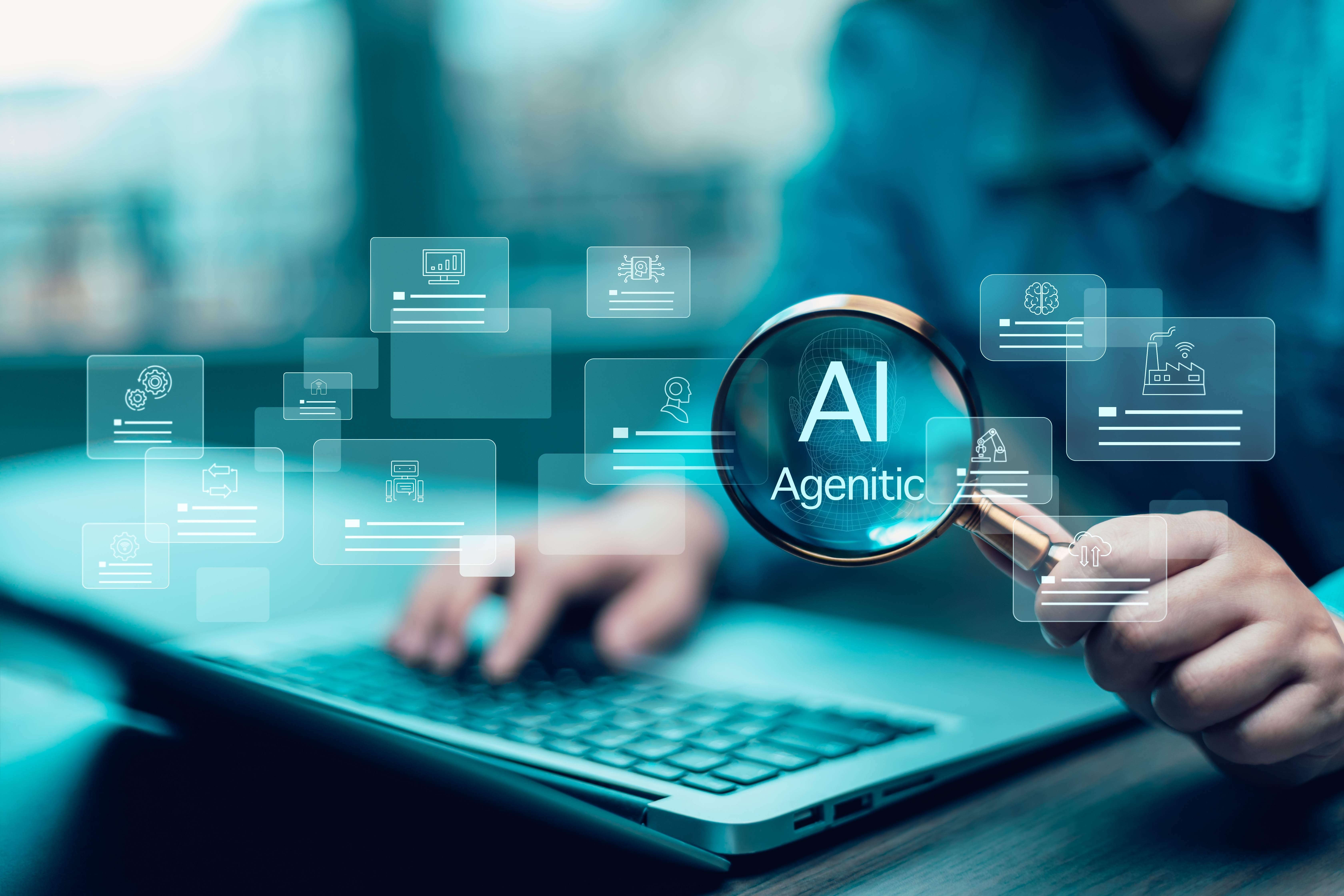

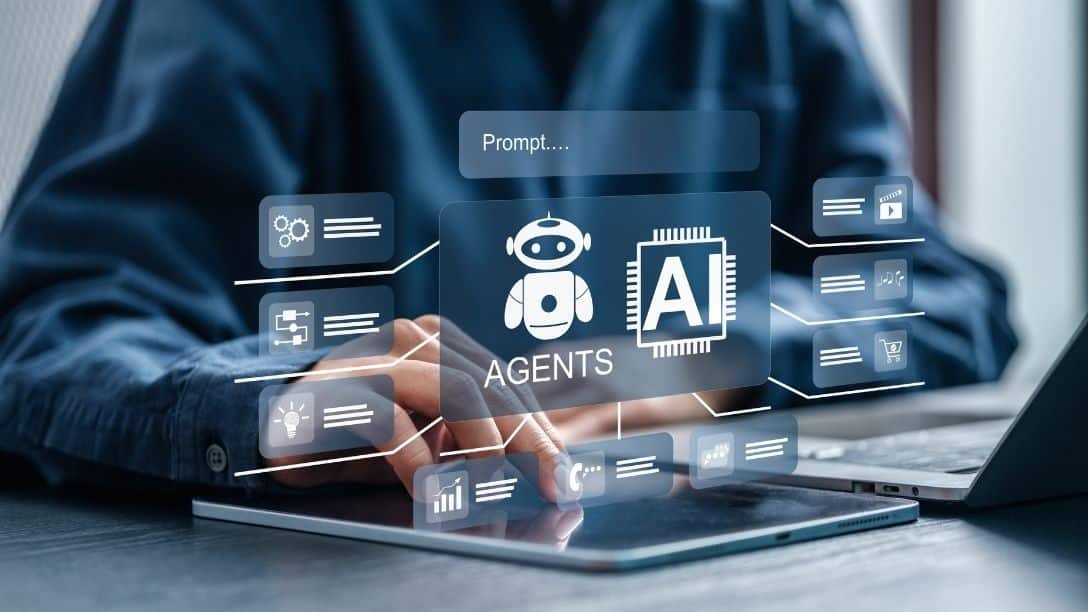





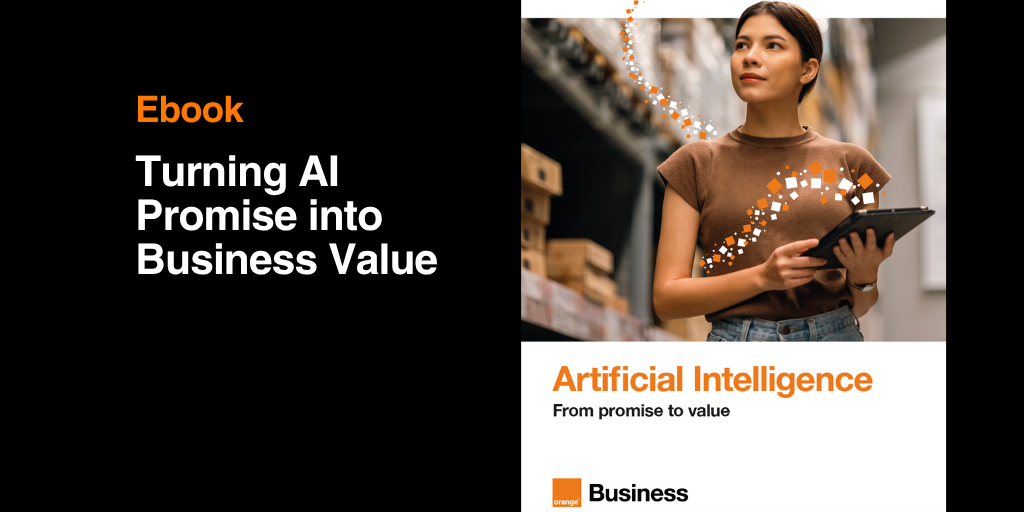
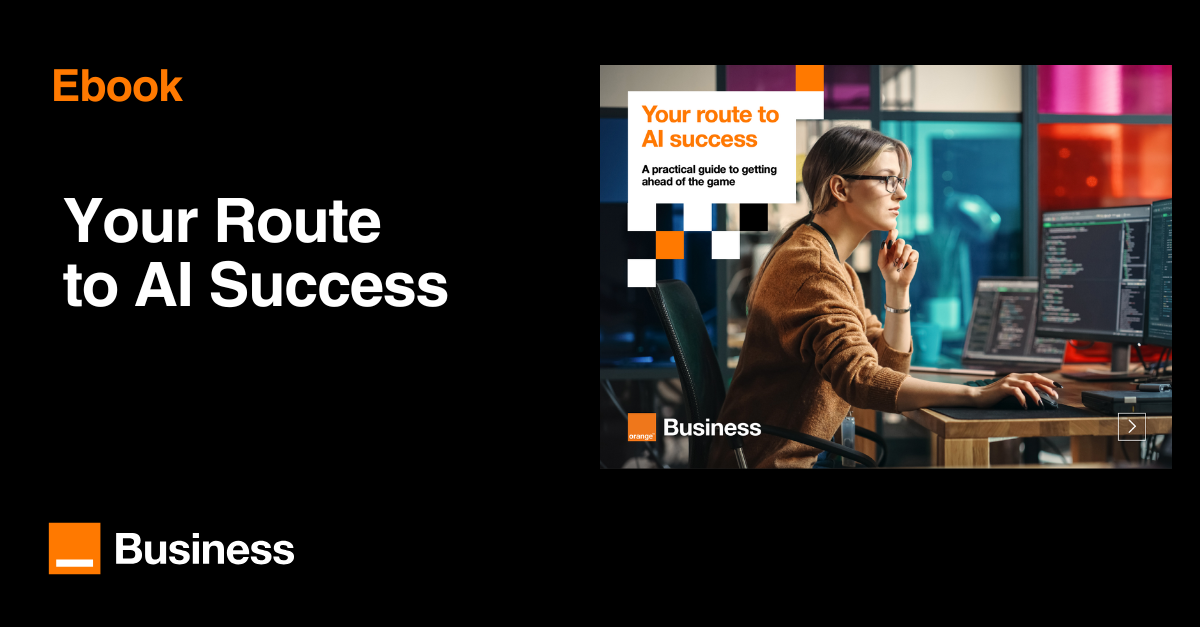

Comments (0)
Your email address is only used by Business & Decision, the controller, to process your request and to send any Business & Decision communication related to your request only. Learn more about managing your data and your rights.